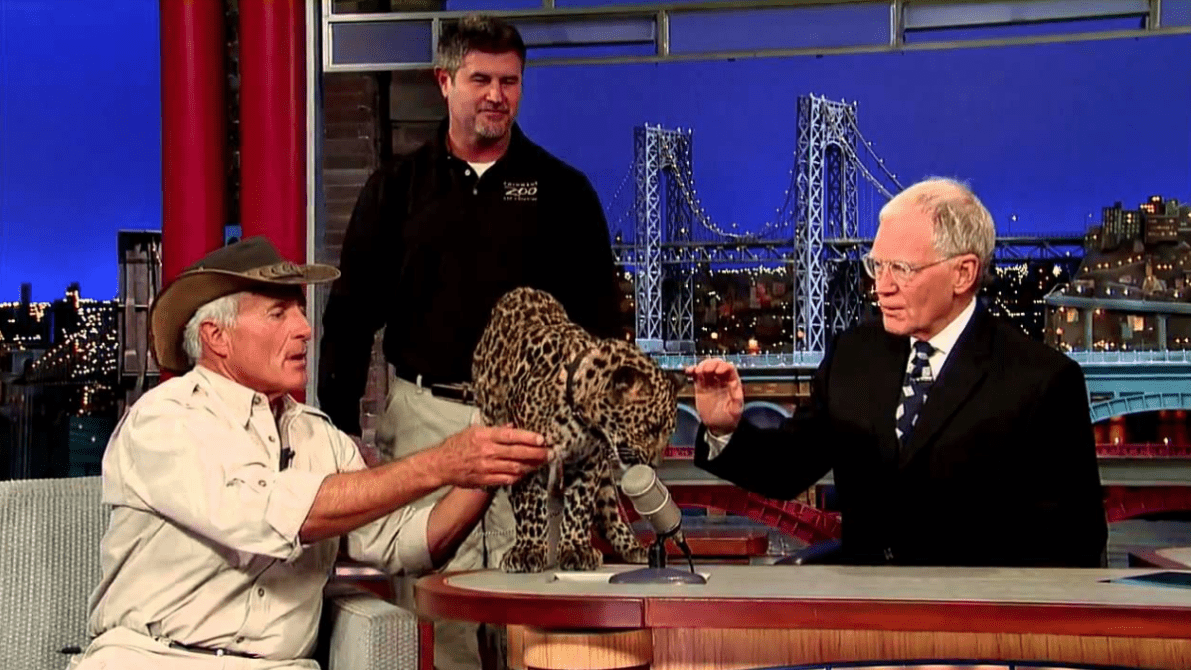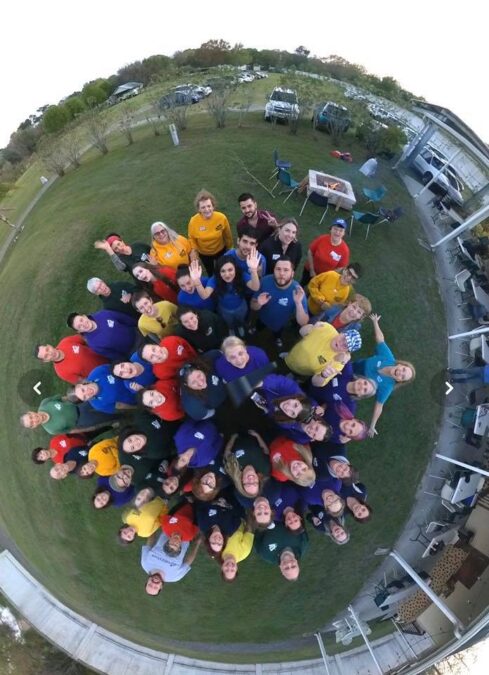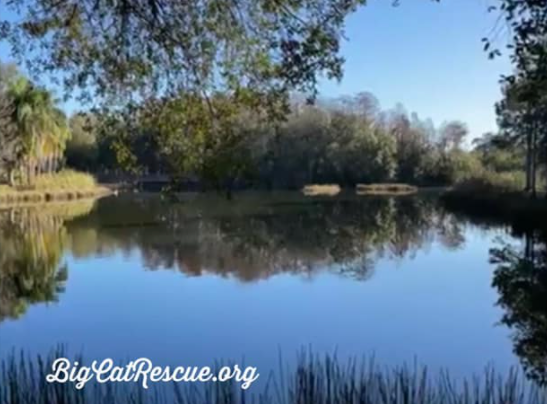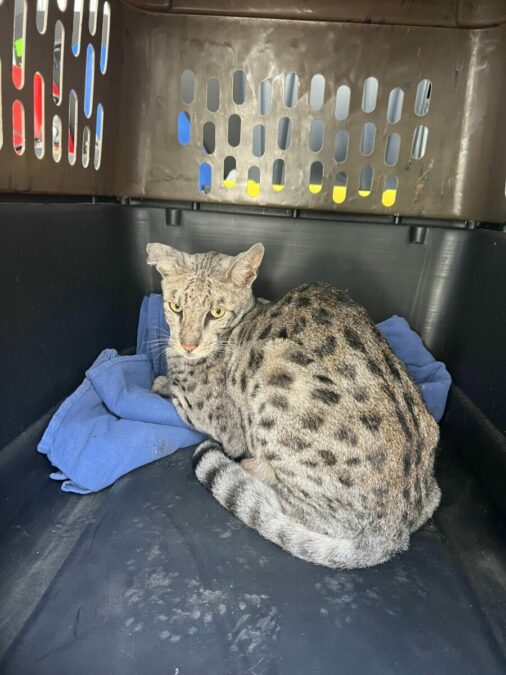3 Things To Know About Petting a Cub
There are a some lion and tiger cub exploiters still making the rounds at fairs, flea markets, parking lots and malls who are charging the public $10 – $25 to pet a baby lion cub or to play with a baby tiger cub.USDA regulations should over ride state regulations on this matter, but in Florida the FL Wildlife Commission has set its own standard that may differ a bit, but not much from USDA’s ruling.
Here is what the law says about that:
Cubs cannot be handled by the public before the age of 8 weeks because they are not old enough to have had their first kitten vaccination. Cubs need to be vaccinated at 8, 10 & 12 weeks of age to build up an immune response, so it is really irresponsible to allow contact before 12 weeks.
USDA defines a juvenile big cat as being any cub over the age of 12 weeks and does not permit public contact with cubs over the age of 12 weeks. Despite the fact that touching cubs between the age of 8 weeks and 12 weeks is potentially deadly to the cub, USDA does currently (2010) allow public contact with cubs over 8 weeks and under 12 weeks of age.
https://www.911animalabuse.com/images/USDAViolations/2010GreatCatAdventures3YrSuspension.pdf
Florida law only allows contact up to 25 lbs for exotic cats. This works out to roughly the same 12 week limit that USDA has imposed, but Florida law does not protect cubs under that weight limit, despite age.
1. General: All Class I, II or III wildlife that will be used for contact with the public shall have been evaluated by the exhibitor to insure compatibility with the uses intended. All wildlife shall be exhibited in a manner that prevents injuries to the public and the wildlife. The exhibitor shall take reasonable sanitary precautions to minimize the possibility of disease or parasite transmission which could adversely affect the health or welfare of citizens or wildlife. When any conditions exists that results in a threat to human safety, or the welfare of the wildlife, the animal(s) shall, at the direction of a Commission officer, be immediately removed from public contact for an interval necessary to correct the unsafe or deficient condition.
2. Class I wildlife shall only be permitted to come into physical contact with the public in accordance with the following:
a. Full contact: For the purpose of this section, full contact is defined as situations in which an exhibitor or employee handler maintains proximate control and supervision, while temporarily
surrendering physical possession or custody of the animal to another.
Full contact with Class I wildlife is authorized only as follows:
I. Class I cats (Felidae only) that weigh not more than twenty-five (25) pounds;
https://www.flrules.org/gateway/readFile.asp?sid=0&tid=7515480&type=1&File=68A-6.0023.doc
Further the US Fish & Wildlife Service defines a sanctuary as a facility that does not allow contact between the animals and the public.
(1) Is approved by the United States Internal Revenue Service as a corporation that is exempt from taxation under § 501(a) of the Internal Revenue Code of 1986, which is described in §§ 501(c)(3) and 170(b)(1)(A)(vi) of that code;
(2) Does not commercially trade in prohibited wildlife species, including offspring, parts, and products;
(3) Does not propagate any of the prohibited wildlife species; and
(4) Does not allow any direct contact between the public and the prohibited wildlife species.
https://bigcatrescue.org/laws/lawscaptivewildanimalsafetyact.htm







Please help me win an argument. Where on the USDA website or some other official website can I find information regarding the limiting age of handling/petting big cats.
Check out the citations at the bottom of our fact sheet for where those dates come from. https://bigcatrescue.org/wp-content/uploads/2011/01/FactsheetBigCatsHandling_rev.1.pdf
https://www.aphis.usda.gov/animal_welfare/downloads/big_cat/big_cat_q&a.pdf
But, as you can see, USDA's language is pretty vague, so their inspectors can't do much with it.